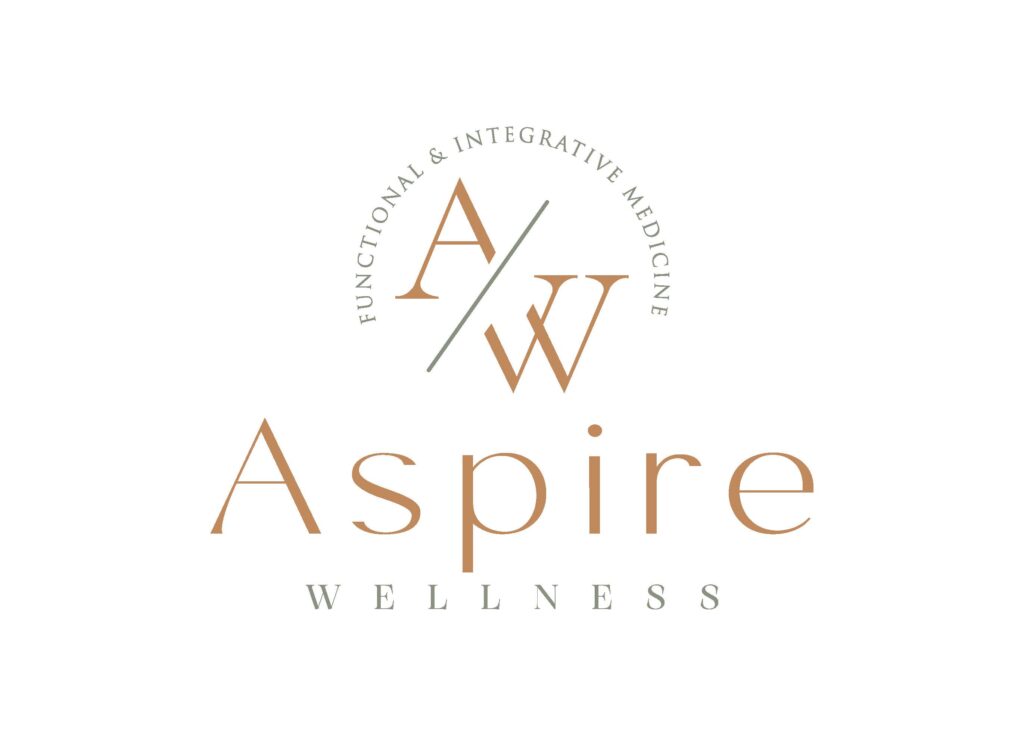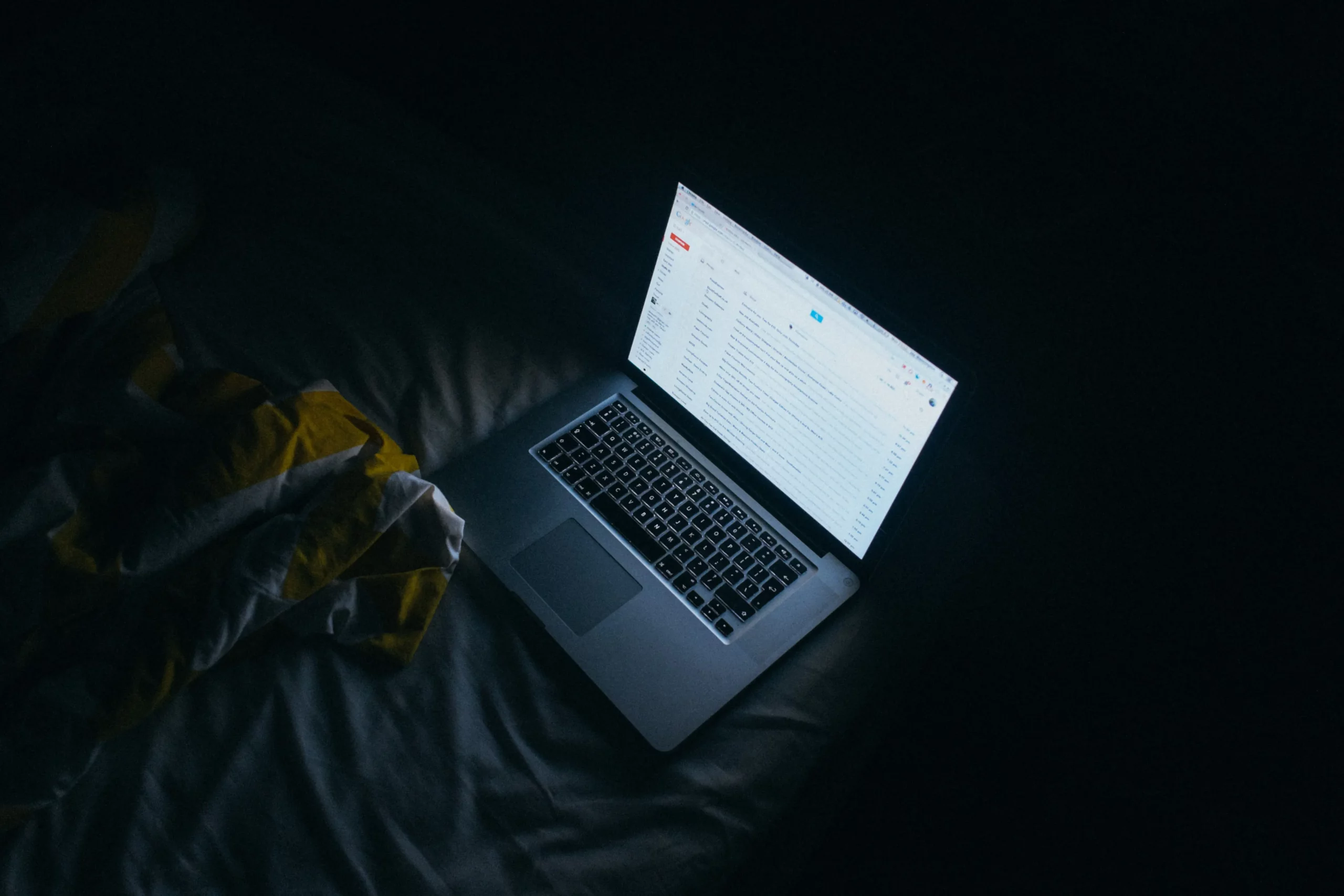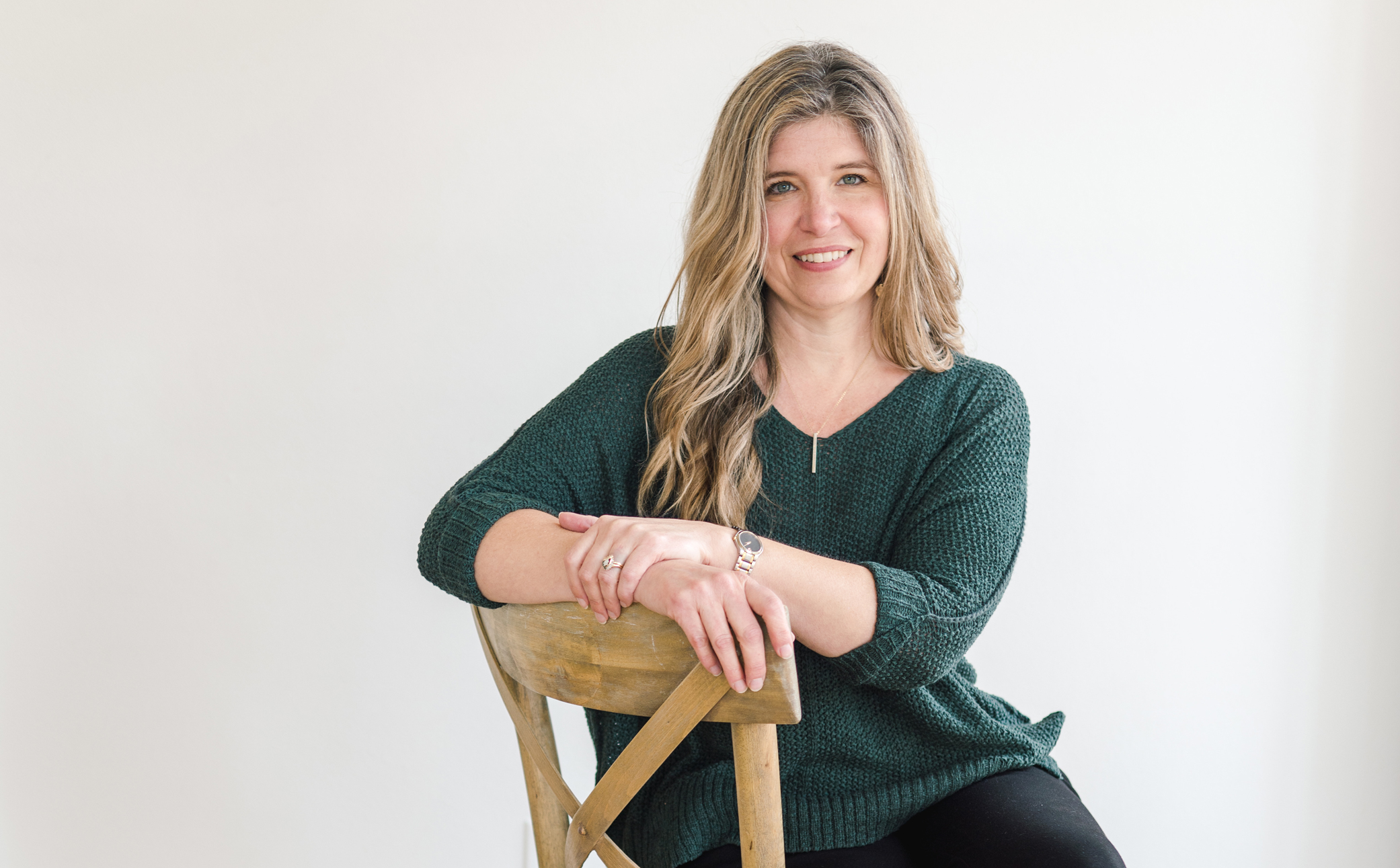We are built to be synchronized with the environment and the sun. We actually have our own 24-hour internal clock, called a circadian rhythm, that is influenced primarily by light. The simplest way of looking at it is that we are designed to be awake when the sun is out and asleep when it’s dark, but our rhythms are more sophisticated than that.
Light is a spectrum. Different kinds of light have different wavelengths, and the shorter the wavelength, the higher the energy it produces. Every category of visible light is represented by a color. Blue light has the shortest wavelength and therefore produces the highest amount of energy.
We have special cells in our eyes that interpret the various kinds of light that we take in, and instruct the brain to regulate our circadian rhythms accordingly. This biological function works best in the complete absence of technology and artificial light. Blue light from the sun in the morning transmits to us the message that it’s time to wake up. Our bodies produce specific hormones like cortisol to help make this happen. When it starts to get dark, our bodies start making more melatonin, a crucial sleep-regulating hormone.
Of course, this natural world devoid of technology is not exactly the world we live in. Today, most of us are almost constantly staring at our smartphones, tablets, TVs, and laptops. By some reports, we’re spending an average of 9+ hours every day on our digital devices [1]. One study showed that kids from the ages of 8-18 are spending, on average, more than 7 hours a day in front of them [2]. These devices– as well as, unfortunately, energy-efficient and LED lightbulbs– transmit blue light, the same kind of light that we use from the sun to wake up in the morning. This is incredibly confusing for our systems! We no longer have a clean transition from light to dark that allows us to rest at night– we are delaying and manipulating our natural rhythms, and this comes with serious consequences for our health.
The most problematic effect of all of the excess blue light we’re being exposed to is the suppression of melatonin and disruption of the circadian rhythm. Any light at night has the ability to do this, but blue light (like the kind that comes off of our screens) has by far the strongest effect. In one study on teenagers, just one hour of exposure to a device like a smartphone suppressed melatonin by 23% [3].
Conditions associated with exposure to blue light and light at night include:
– Poor sleep, insufficient sleep, and fatigue: The most noticeable and most widely documented effect of this is that we don’t get enough sleep, or our sleep is disrupted. Many of us have “adjusted” to sleeping fewer hours per night than we’d like to– because we’re either too busy, too distracted, or too restless to get our 8 hours– but the consequences of lack of sleep are not to be dismissed. In addition to making us moodier and reducing our cognitive function, insufficient sleep has been linked to an increased risk of diabetes, cardiovascular disease, and depression.
-Diabetes and obesity: When your circadian rhythm is out of whack, your blood sugar levels increase, and levels of other hormones that keep you feeling full decrease, possibly leading to excessive weight gain and/or diabetes [4].
-Cancer: Low levels of melatonin may contribute to cancer risk as melatonin offers some protection against certain kinds of cancer [5]. Although most studies in humans haven’t been able to track blue light exclusively, females who regularly work the night shift and are therefore exposed to more artificial light have a greater risk of getting breast cancer [6]. Similar links to prostate cancer have been found in men [7].
-Heart disease: The melatonin suppressing effects of blue light may lead to an increased risk of cardiovascular disease [8].
-Eye damage: This may be the most obvious one: staring at a screen too much is damaging to the eyes. A lifetime of excess blue light can make us more likely to suffer from serious eye conditions when we’re older [9].
-Depression: Light at night has been shown to directly induce depressive symptoms including lethargy and increased levels of cortisol, the “stress hormone” [10]. A number of studies on teenagers have shown symptoms of depression, suicidal feelings, and self-harming behaviour in association with the use of cell phones at night [11].
So what can we do about it? In some ways, all of this blue light feels inescapable. Even our streetlights are contributing to the problem. And as nice as it sounds sometimes to live in a world that is devoid of devices, that is simply not the world we live in.
Here are a few things you CAN do to minimize your blue light burden:
-Avoid screens for 2 or 3 hours before bed: This really is the best step that you can take. Think of these 2-3 hours almost like a vitamin that you take every day. A daily dose of darkness offers innumerable health benefits!
-Download a color-shifting app: If you really can’t avoid your devices at night, you can at least change the type of light they transmit. A number of apps are available for computers, smartphones, and tablets including f.lux, Twilight, and the iPhone’s built-in Night Shift mode.
-Try blue blocking glasses: There are a number of great options when it comes to both daytime and nighttime eyewear designed to block melatonin-disrupting light frequencies so that you don’t have to give up your devices or avoid LED lights. Generally, daytime blue-blocking glasses minimize artificial blue light while nighttime options completely block blue and sometimes green light frequencies. Two great brands are RA Optics and BLUBlox.
-Get your brightness when you’re supposed to… and from the sun: In spite of its harmful effects at night and in excess, bright (especially natural) light early in the day is helpful for the regulation of your sleep-wake cycle and for your mood and daytime alertness. Light is a spectrum, and the sun emits all of the color wavelengths throughout the day. For optimal health we need to be getting the right balance of these different kinds of light, including red light (red light is basically blue light’s opposite: it has the longest wavelength and produces the lowest amount of energy, and it has a number of health benefits) from the sun.
-Sleep in complete darkness: Unless you live in a very dark area, you may want to invest in blackout shades for the bedroom so that light from the street doesn’t make its way in. Eye masks also help. The darker your night, the better.





